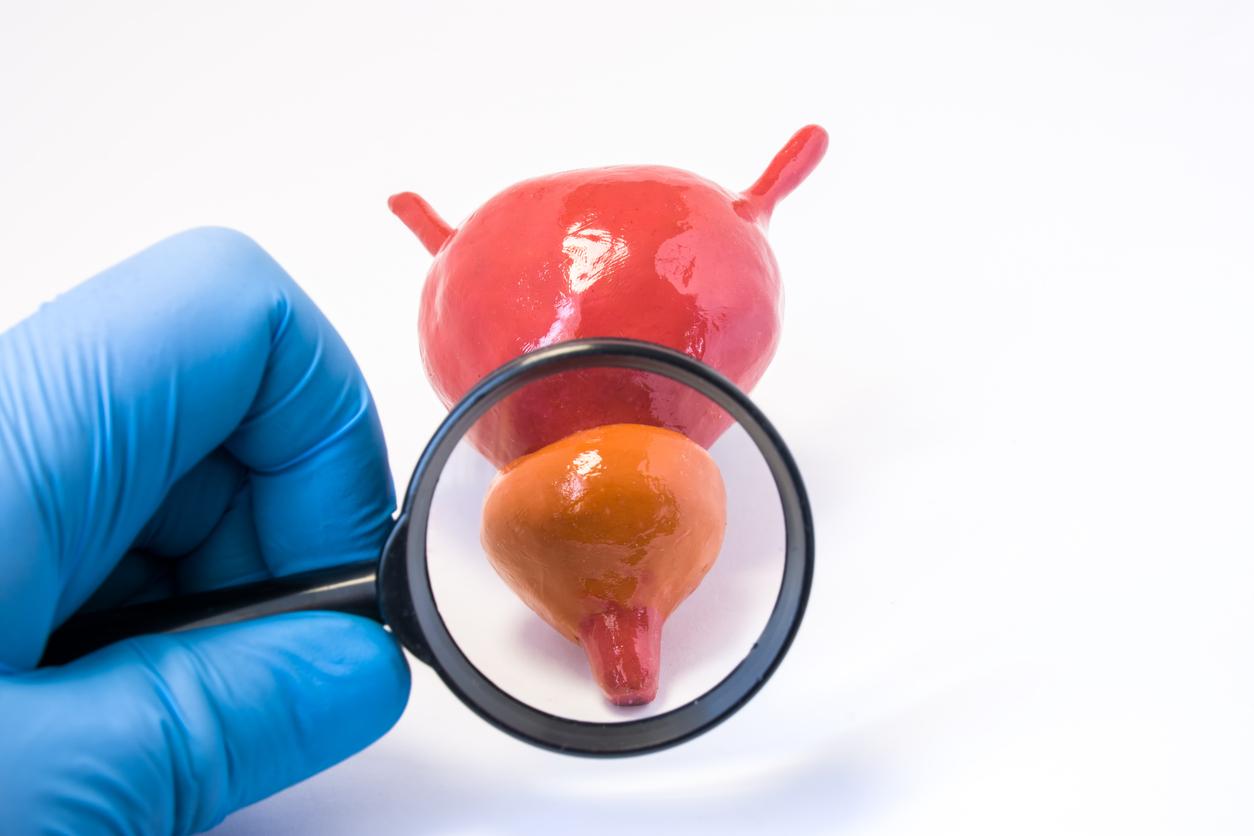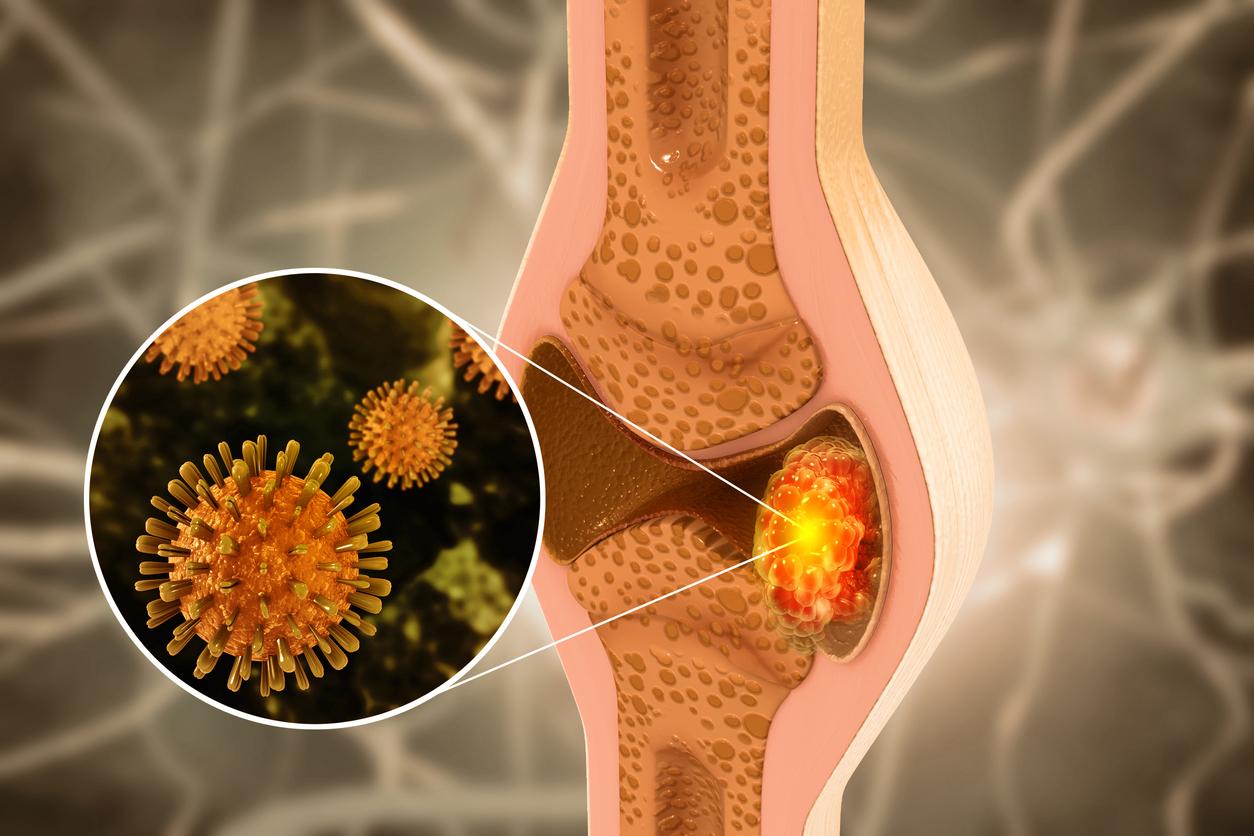English researchers have developed a urine test that can be used at home to diagnose prostate cancer. In addition to being more comfortable for patients, this technique would also make it possible to identify prostate biomarkers much more precisely.

the Prostate cancer is the most diagnosed in men worldwide. But in most cases, the disease develops slowly and will not require treatment. However, at present, doctors struggle to predict which tumors will become aggressive, making it difficult for many men to choose a treatment. Today, researchers are developing a tool that could “revolutionize” the diagnosis of this cancer: a urine test that can be used at home. This study was presented on November 29 in the journal BioTechniquesso patients won’t need to travel to provide a urine sample or undergo an uncomfortable rectal exam.
Scientists from the University of East Anglia and Norfolk and Norwich University Hospital (Great Britain) had already created a test capable of diagnosing aggressive prostate cancer and predicting whether patients will need treatment or not until five years ahead of traditional clinical methods. This time around, they have shown that the ‘PUR’ (Prostate Urine Risk) test can be performed on samples taken at home.
Researchers provided 14 participants with a home collection kit and instructions. The volunteers then mailed in their urine, and the researchers compared the samples taken in the morning at home to those taken during a digital rectal exam.
Biomarkers identified much more precisely
It turns out that the first urination of the day provides much higher and consistent levels of prostate biomarkers. “We have developed the PUR test, which examines gene expression in urine samples and provides vital information on the aggressive nature or the “low risk” of a cancer (…) Because the prostate is constantly secreted, collecting urine from men’s first urination of the day means that prostate biomarker levels are much higher and more consistent, which is a big improvement,” the researchers explain.
Thus, “we found that urine samples taken at home showed the biomarkers of prostate cancer much more clearly than after a rectal examination. And feedback from participants showed that the home test was preferable”, is they congratulate.
“The use of our At Home test could in the future revolutionize active monitoring of disease progression, with men only having to come to the clinic for a positive urine result. This contrasts with the situation current situation where men are called back to the clinic every six to twelve months for painful and expensive biopsies (…) This means that men would not have to undergo a digital rectal examination, so it would be much less stressful and should lead to a lot more patients to be tested,” they continued.
Less stress for the patient, less work in the hospital
And to elaborate: “because the PUR test accurately predicts aggressive prostate cancer and whether patients will need treatment up to five years earlier than standard clinical methods – this means that a negative test could allowing men to only be retested every two or three years, reducing patient stress and hospital workload.”
“This is a very exciting development because this test gives us the ability to differentiate between those who do and those who don’t have prostate cancer, saving many men from unnecessary testing. When we diagnose prostate cancer, the urine test has the potential to differentiate those who need treatment from those who do not, which would be of great help.These patients then move on to a program active surveillance following the diagnosis, which can include repeat biopsies and MRI scans, which is quite intrusive. This urine test has the potential to tell us if we should intervene with these patients”, comments Robert Mills, surgeon consultant in urology at Norfolk and Norwich University Hospital. Ultimately, these results could also make it possible to develop home screening tests for bladder or kidney cancer.
Prostate cancer affects men in the second half of their life, from the age of fifty. In France, for 50,000 new cases each year, there are approximately 8,000 deaths per year. “When it is diagnosed, this cancer is most often located in the prostate and therefore curable. We will then offer either radiotherapy or brachytherapy or possibly removal of the prostate”, explained Karim Fizazi, a medical oncologist specializing in treatment. responsible for prostate cancer, university professor and head of service at the Gustave Roussy Institute, at Pourquoi Docteur in a paper on the subject.

.















